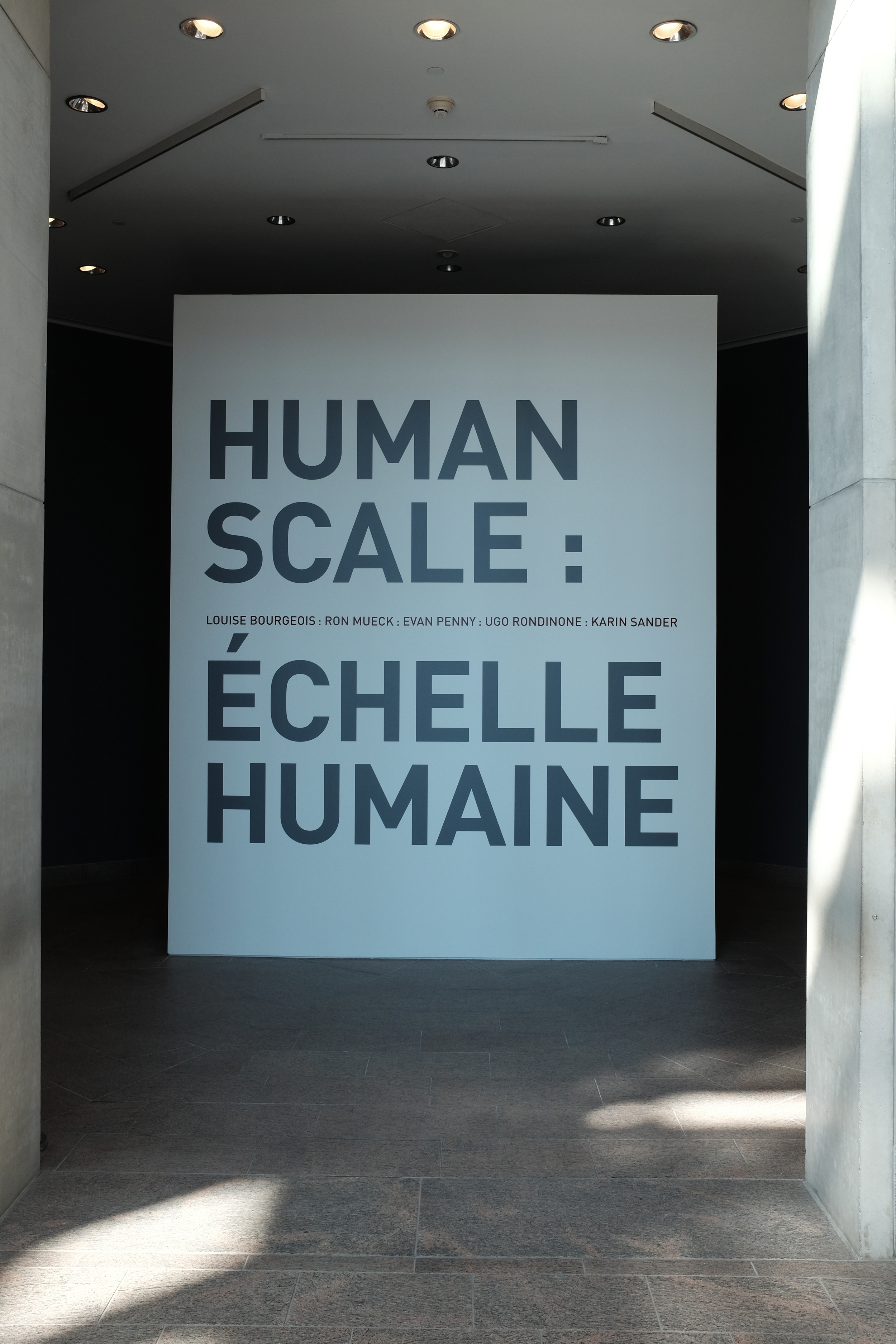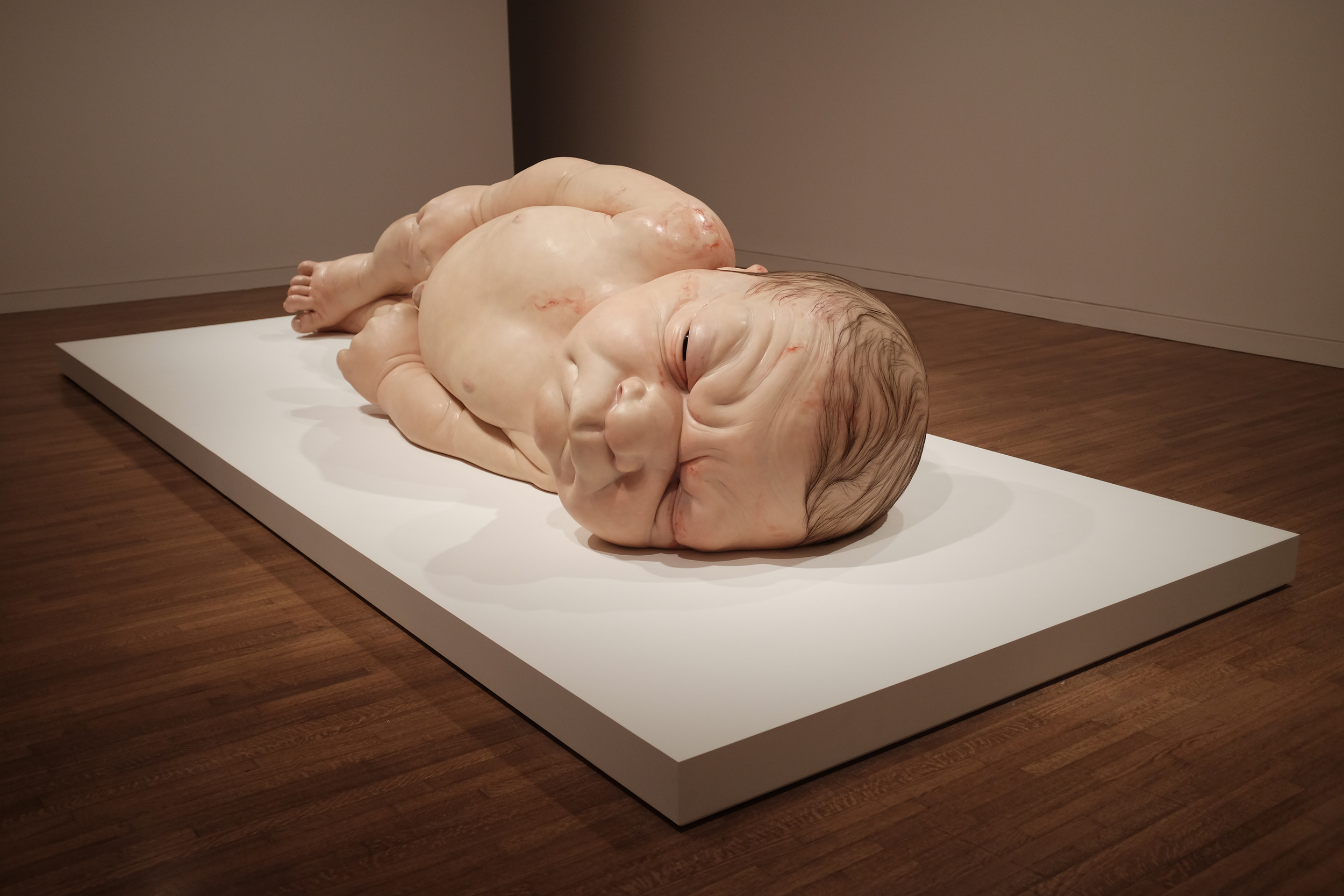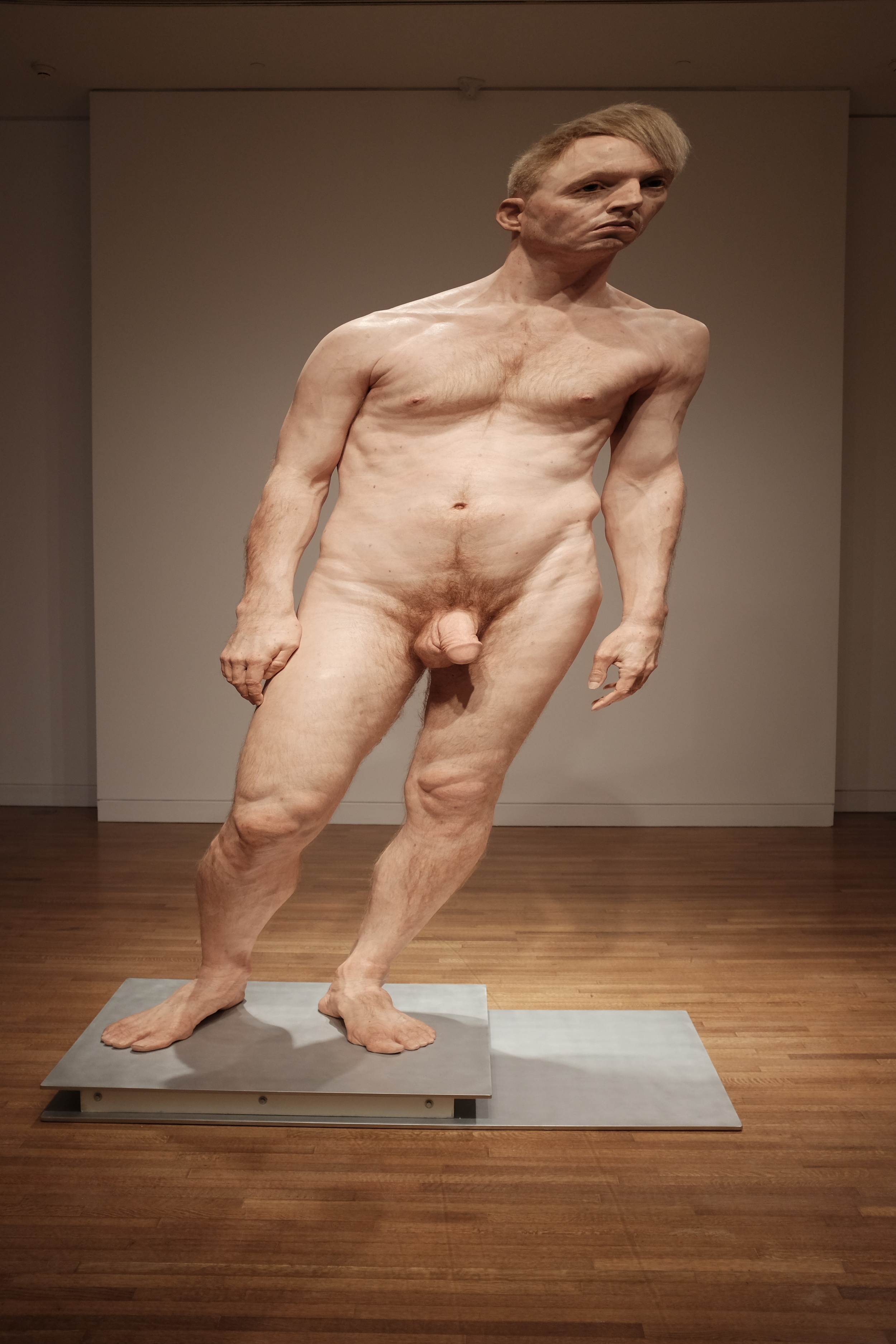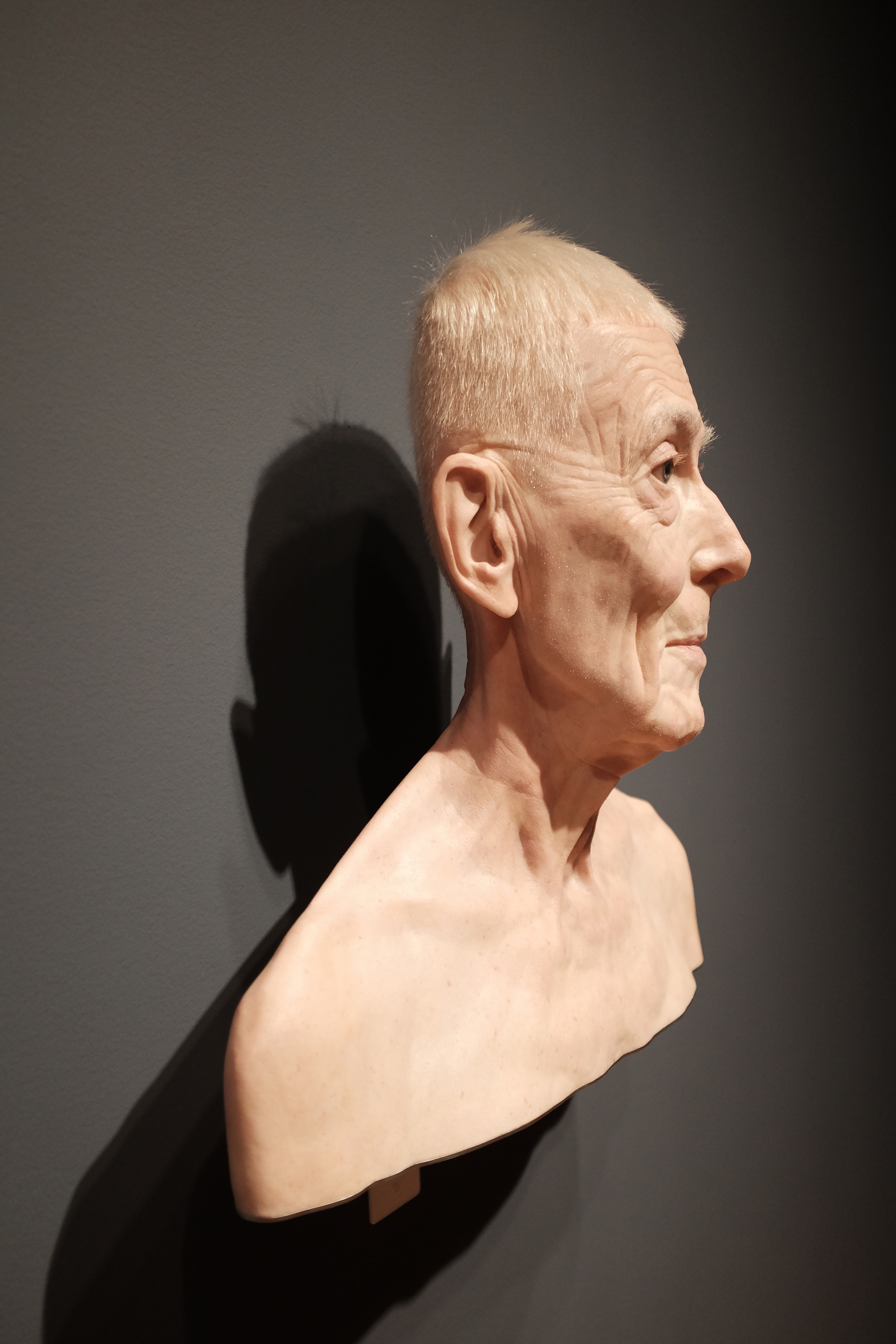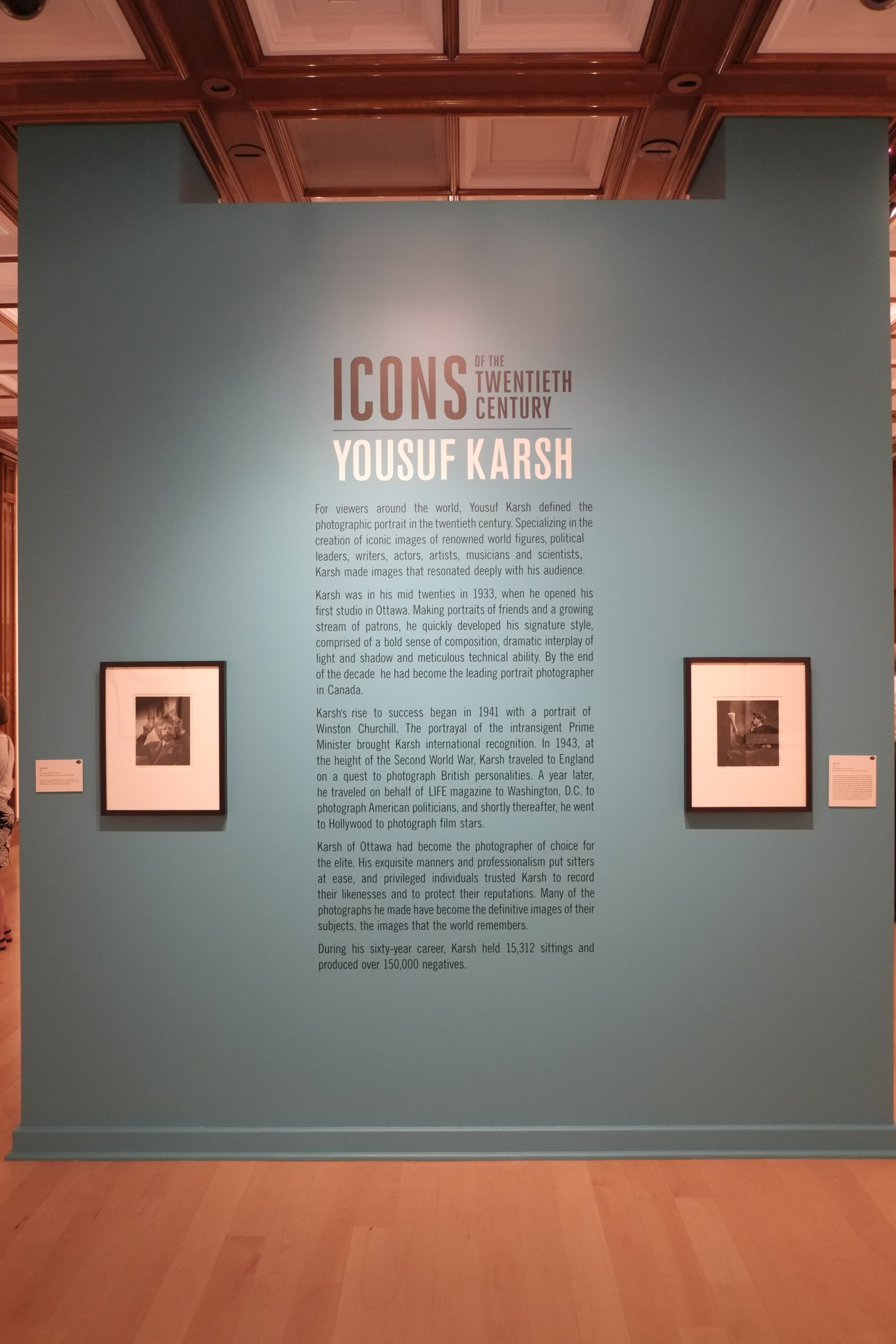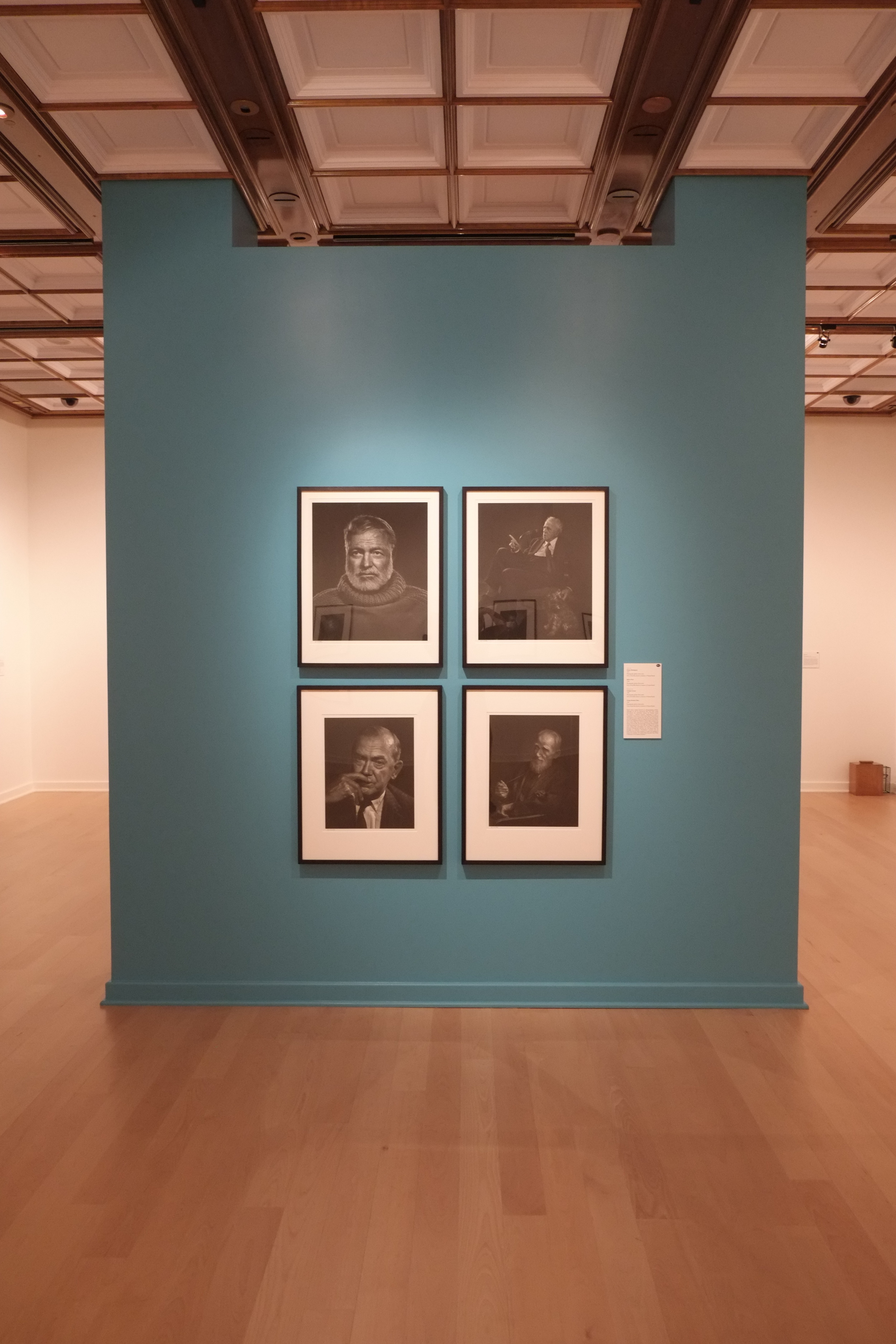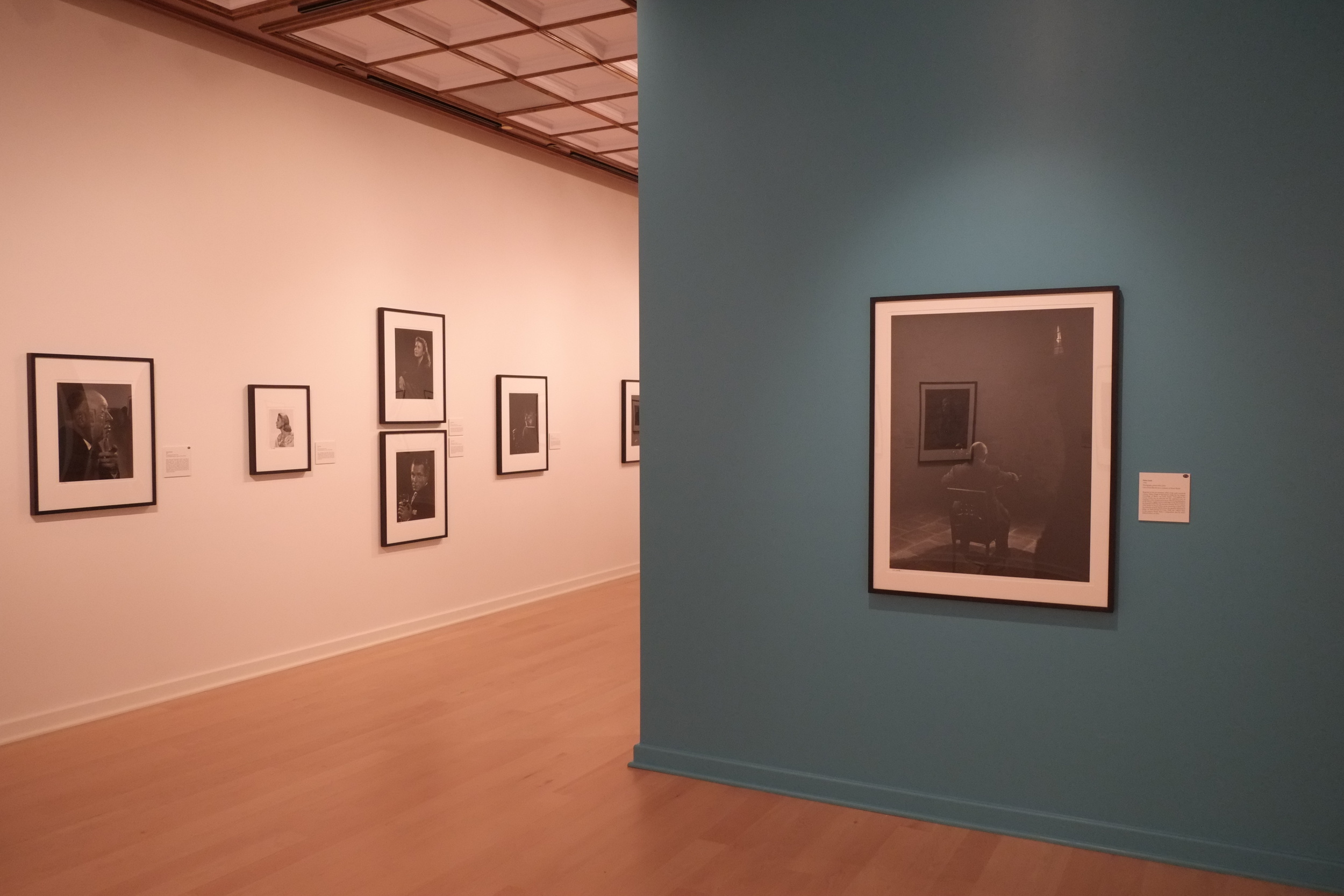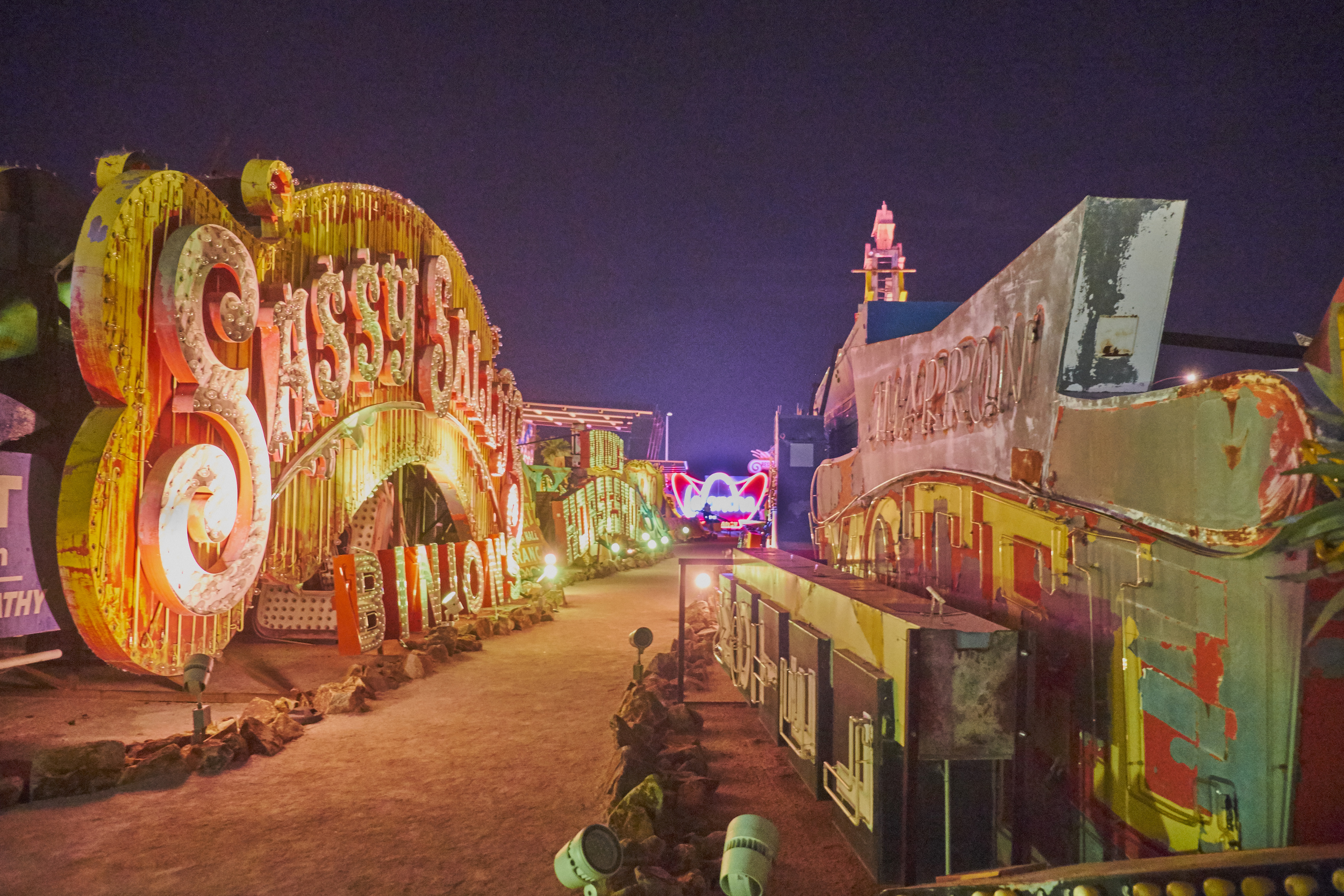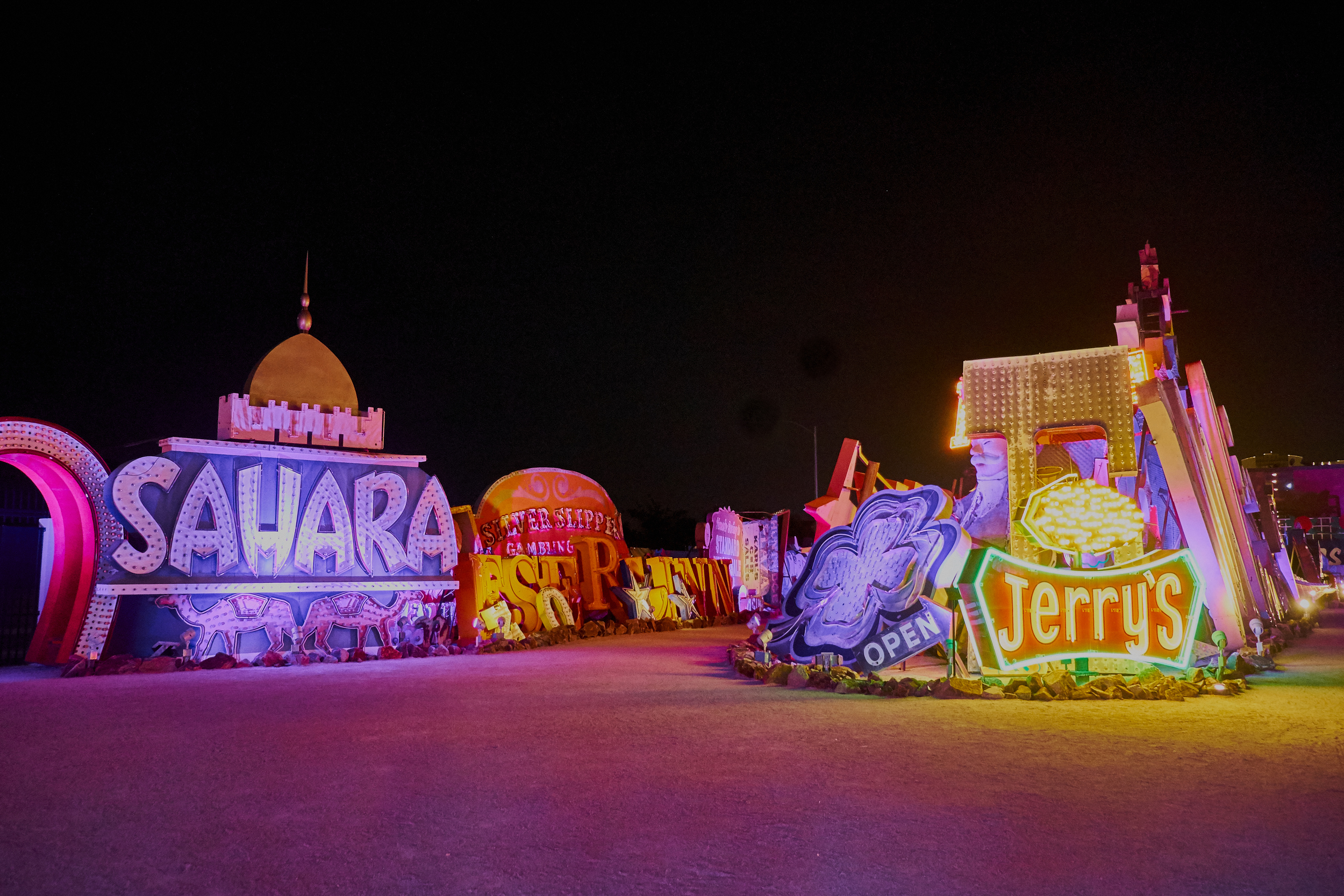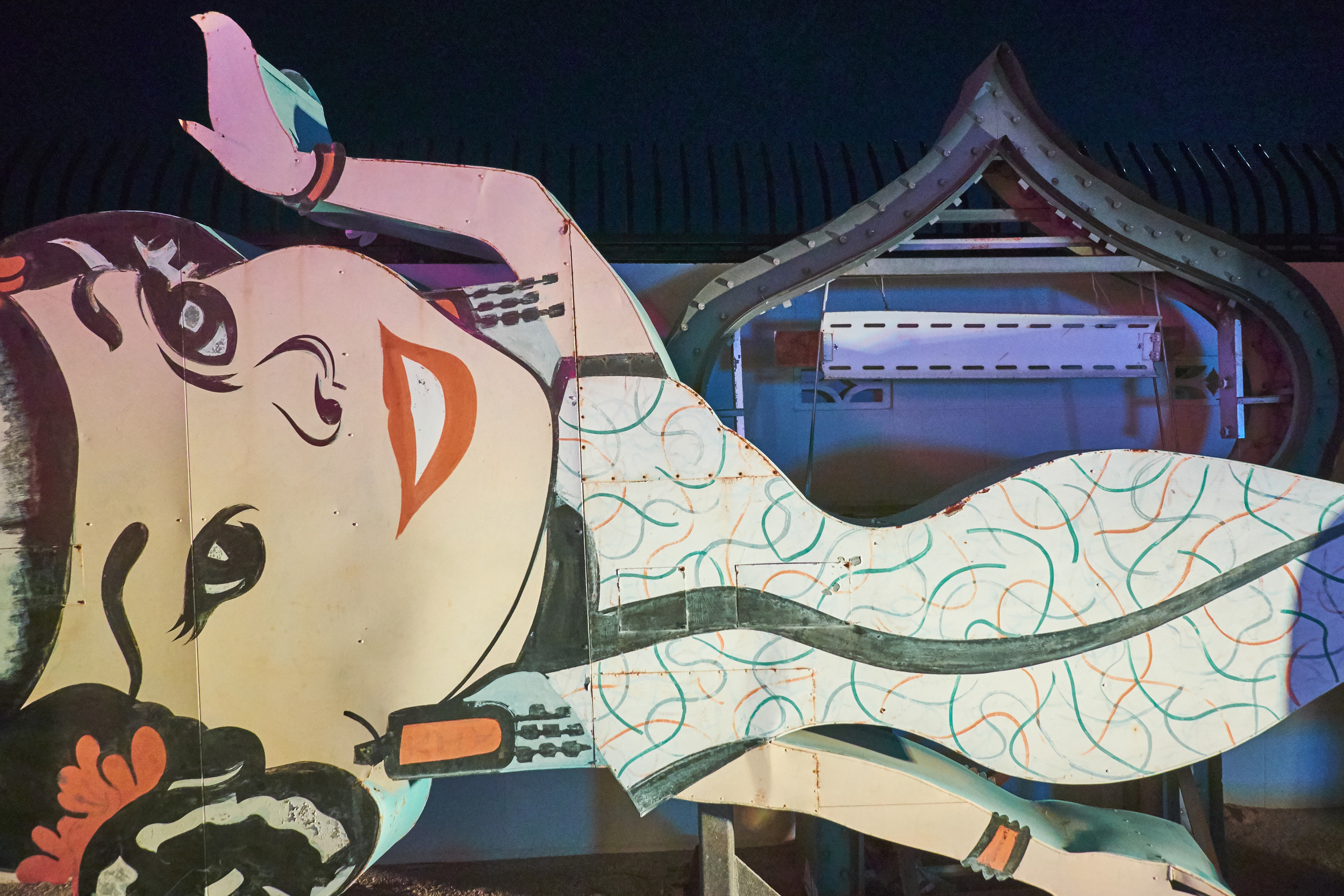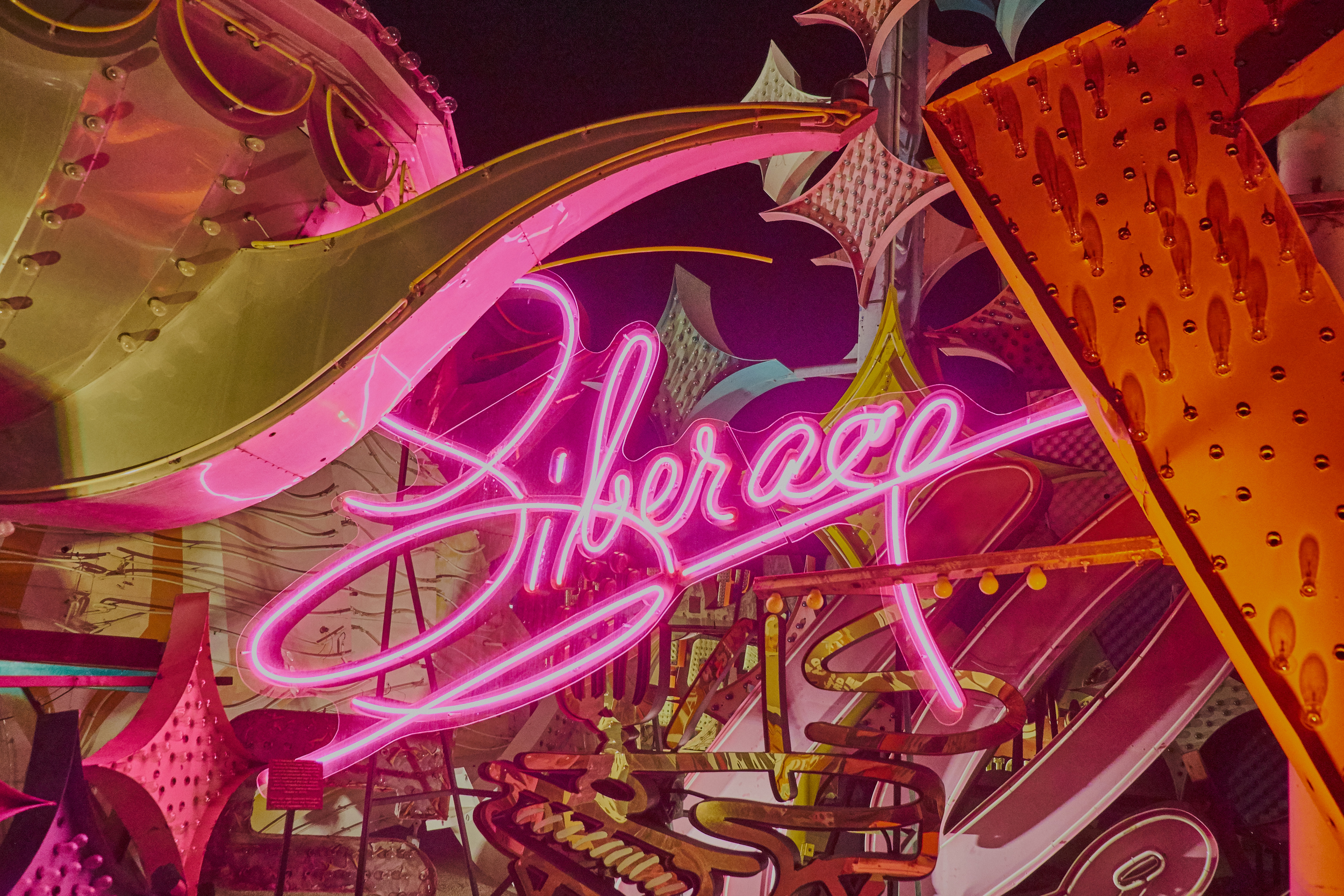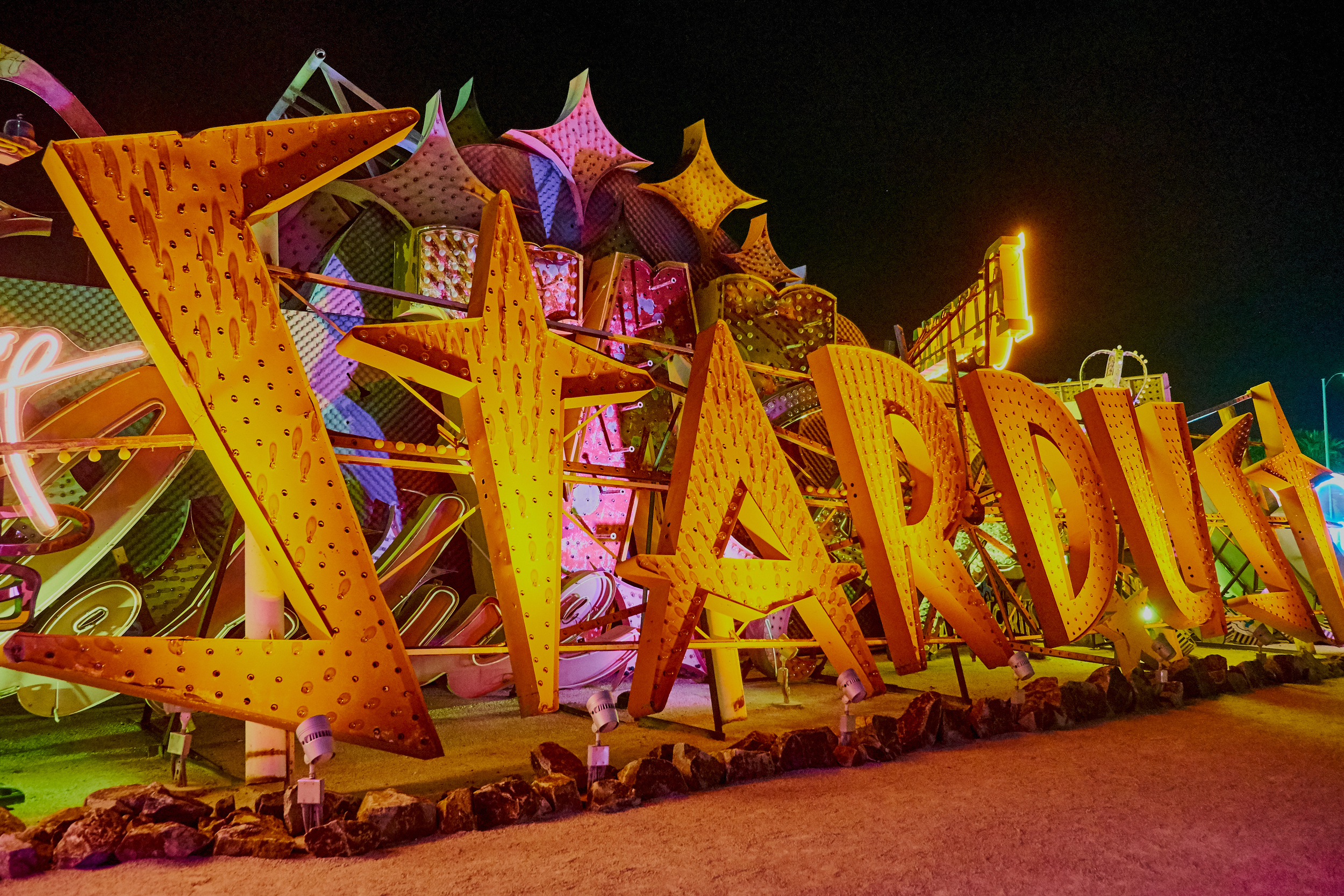During a recent visit to Paris I made a point of visiting a number of galleries and museums and will write them up as I have time over the days to come. It would probably have been better to document my thinking at the time, but I was in "holiday mode" and not ready to spend hours writing. Nevertheless, I did reflect on my experiences and made notes that I will draw from.
The first gallery I visited was the Musée du Louvre, something I have wanted to do for years. I was overwhelmed by the sheer scale of the museum and it is difficult to know where to start describing the visit. From outside it is easy to think that the collection is housed only in the older building that surround the central square, not realizing how extensive the complex is and how much of it lies underground. It is massive and would take several visits to even pretend to have covered all the exhibition space at a rapid pace. I tried to see as much as I could but I became aware that I wasn’t giving many of the works their due because of a desire to keep moving. I was also surprised at the number of visitors in February: if this is what the crowds are like during the off season, I can not imagine what it must be like when all the tourists arrive in the spring and summer. I quickly realized that I was “consuming” art rather than viewing a collection properly. After four hours, my feet decided that I had seen enough for this trip.
I was particularly taken with the portraits painted by Jacques-Louis David. I have seen a number of David’s paintings before, both on TV/video and in person at the Palais de Versailles. Many have qualities that appeal to me: technical skill, a clear story and sometimes a hint of humour or pathos. It seems to me that there is something very human about his paintings, although I know that sounds silly: all paintings are produced by humans. Somehow, though, there is a connection with the viewer that I don't necessarily sense in other painters of the period. I’ll need to think more about this, because I’m aware that I'm not expressing myself well.
I was also fascinated by the Fayum funeral masks in the Louvre's collection: these were striking because of the quality of the work and its state of repair. How much restoration has been performed on these pieces? The portraits and masks seemed representative enough that one could believe they were good likenesses of the deceased. But were they or were they idealized representations, perhaps built on some notion of the ideal or divine man or woman? Whatever the case, these were clearly meant for people of some means and it seems apparent that people millennia ago were as interested in honouring memory and leaving a good visual representation of themselves and their loved ones.
The Mona Lisa and the selfie: from contemplating the other to fixating on one’s self. By the time I had followed the signs to the gallery where this piece is hung behind a protective glass, it was obvious that I was going to visit a celebrity. Few works in the museum have their own signposts so that you can find them from several galleries away. I could have waited my turn in the long line to see the painting from a couple of metres away, but it seemed to me that the crowd itself had become the story. Many visitors, having queued up to see the painting, turned their backs on it as soon as they were in front of it so that they could take a selfie. I understand that people want to document their experiences, but many of them spent no time at all contemplating one of the world’s most famous pieces of art. They were oblivious to the object in front of them, which had little or no significance of its own. Instead it was there to validate their importance or experience. It didn't point to anything grander, more beautiful, nobler, more challenging or universal than… me.
Can a large museum be too much of a good thing, or does it require a different kind of strategy to be useful?
